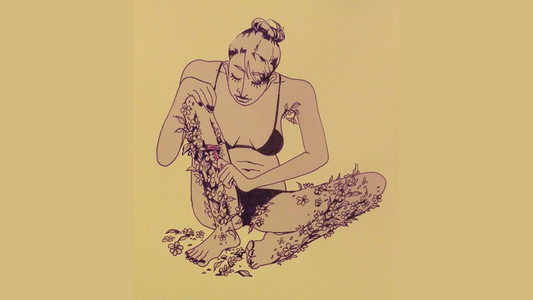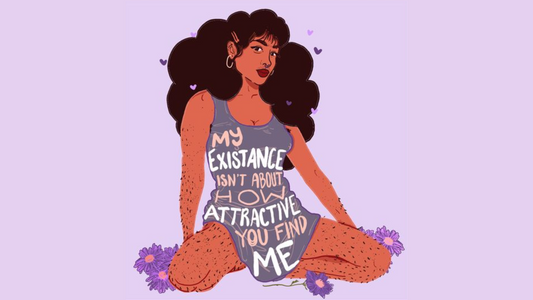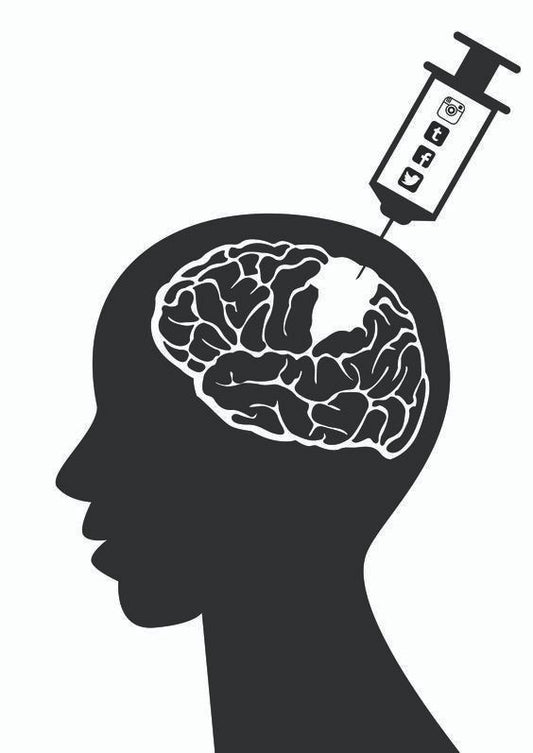
The Most Inspiring Celebrities Who Battle Dysmorphia
By Khushi
Celebrities and Body Dysmorphia

What is Body Dysmorphia?
Do you also look yourself in the mirror and wonder, if only I had less body fat on this particular area, or I looked a little different, if my cheekbones were lifted, if my body didn’t had all these marks? Having body image issues can be excruciating and tormenting. They can make you feel lonely and disconnected from the rest of the world, but guess what? You’re not alone. Millions of people suffer from what is medically termed as Body Dysmorphic Disorder (BDD) or simply dysmorphia or body image issues–it is recognized as a mental health condition characterized by the preoccupation with perceived flaws or defects in one’s physical appearance which could be minor or even non-existent.
Individuals generally become intensely focused on themselves and often believe these “flaws” are clearly visible from the outside, causing significant distress and impairment in their daily functioning. Not even the celebrities are immune to this, but they’re the ones kind of worst hit by it. Because of all the constant surveillance by paparazzi and holding onto the notion of “ideal” beauty standards it becomes harder for them to deal with BDD and results in them developing several other mental health disorders.
Features of Dysmorphia
Some of he features of BDD include:
Celebrities with Dysmorphia
Maisie Williams
The young Game of thrones star opened up about her experience of her changing body features during puberty while she was on the set. She mentions that she needed to look like a boy and they would put dirt on her nose to make it larger and put a strap on her chest to hide the growth. “That just felt horrible for six months of the year, and I felt kind of ashamed for awhile”, she explained in an interview with Vogue. The actor stated that she’s finally embracing her body as it is now, with a more feminine look.
Lili Reinhart
Talking about her experience with body dysmorphia, The Riverdale star stated it can affect anyone, doesn't matter what size you are. She would constantly be examining herself in front of the mirror and looking different each time. “Why do I feel like I need to apologize to the world about my ever-changing self”, explains Reinhart. She added that encountering all these insecurities conditions into thinking what is real or not, what is without filter.
Billie Eilish
The 21-year-old Grammy winner shared her experience of Body dysmorphia, revealing she always felt uncomfortable wearing short clothes and worried about her appearance. “That was the peak of my body dysmorphia. I wouldn’t look in the mirror at all”, added the singer.
Michael Jackson
Being in the limelight for a really long time, MJ had been famous for his cosmetic surgeries and the denial of it too. He had an abusive childhood, being called ugly by his father, and an acne-prone skin. He can be seen as an example of a severe case of BDD. In the later years of his life he would be seen wearing a surgical mask on his face when going out in public.
Measures for BDD
Dealing with body dysmorphia requires a comprehensive and personalized approach that often involves a combination of professional help, self-care strategies, and support from loved ones. Here are some measures that can help individuals manage body dysmorphia:
- Education: Learning about body dysmorphia and understanding that it's a recognized mental health condition can help individuals recognize their own symptoms and reduce self-blame.
- Challenge Negative Thoughts: CBT techniques can help individuals identify and challenge negative thoughts about their appearance. This involves learning to question the accuracy of these thoughts and developing a more balanced perspective.
- Mindfulness and Relaxation: Engaging in mindfulness techniques, meditation, and relaxation exercises can help manage anxiety and stress related to body dysmorphia.
- Limit Social Media: Limit exposure to social media platforms that can exacerbate comparison and trigger negative self-perceptions. Unfollow accounts that contribute to negative body image feelings.
- Positive Self-Talk: Practice self-compassion and positive self-talk. Replace self-critical thoughts with kind and realistic affirmations.
To know more about overcoming Body Dysmorphia Read Here
To know more about Body Dysmorphia causing social Anxiety Read Here
References
#SelfHate #SelfJudgement #BodyDysmorphia #BDD #SocialIsolation #Insecurity #Flaws #Feelings #Low #SelfConscious




